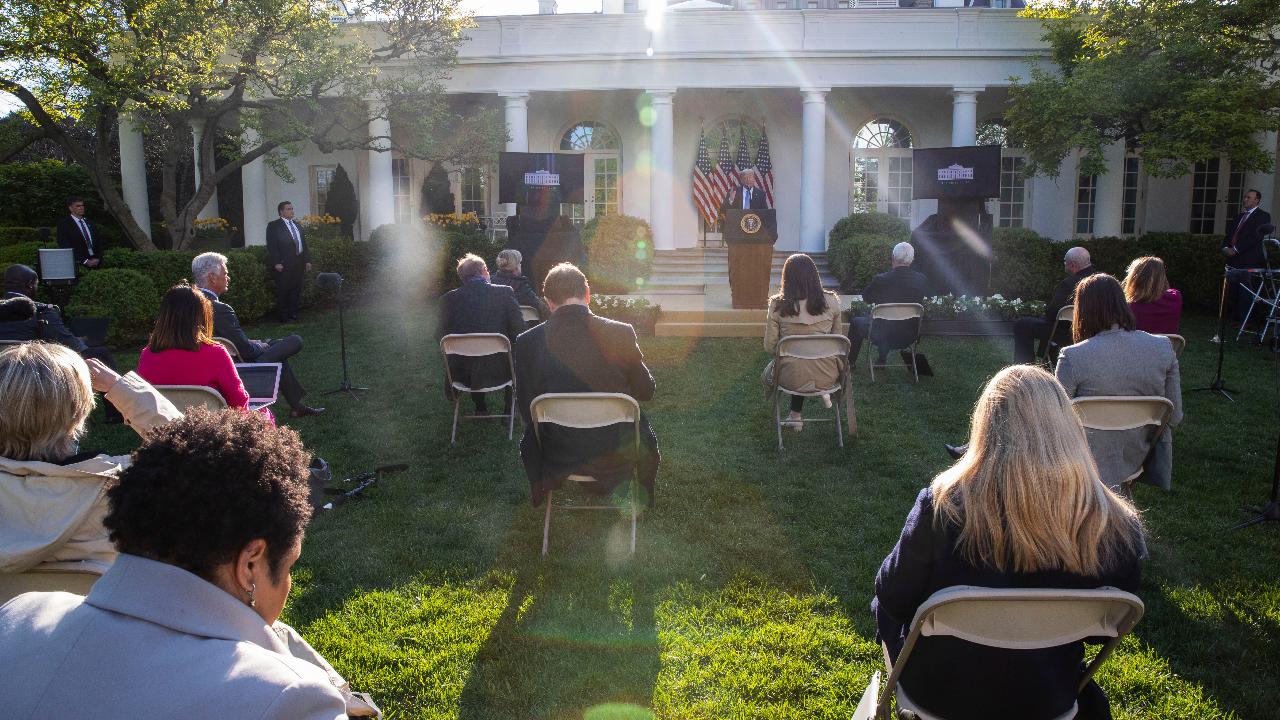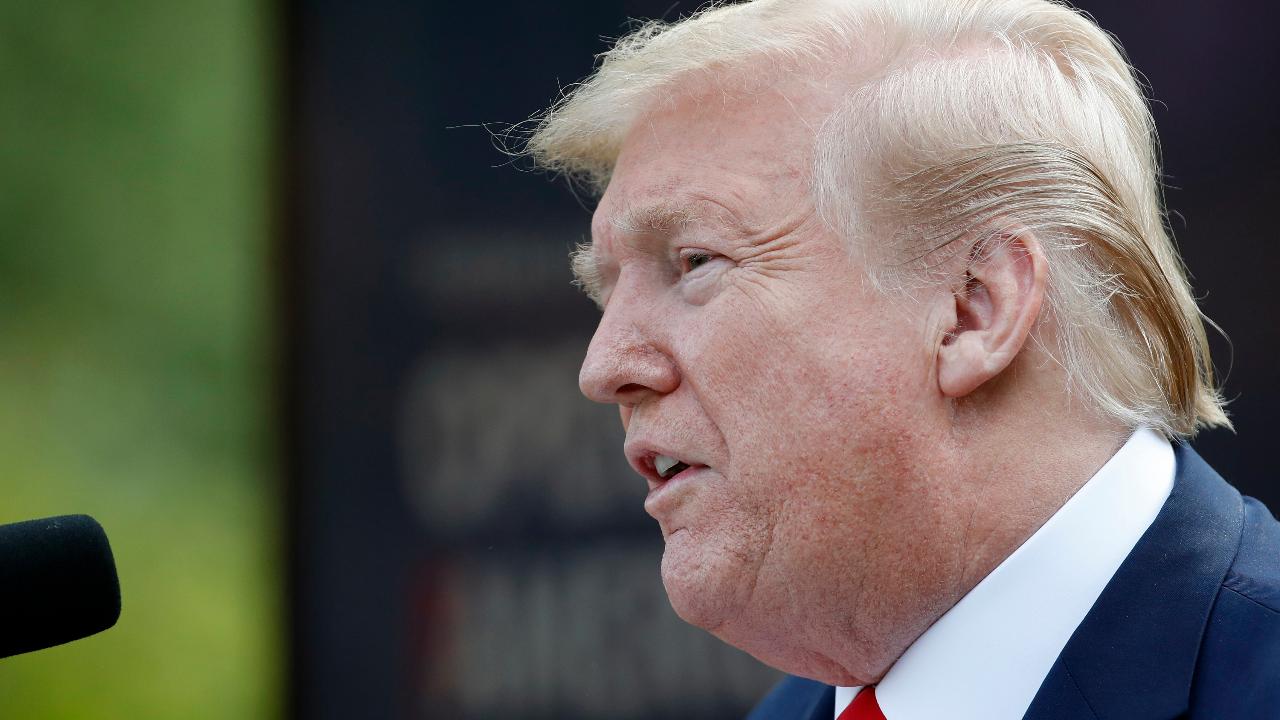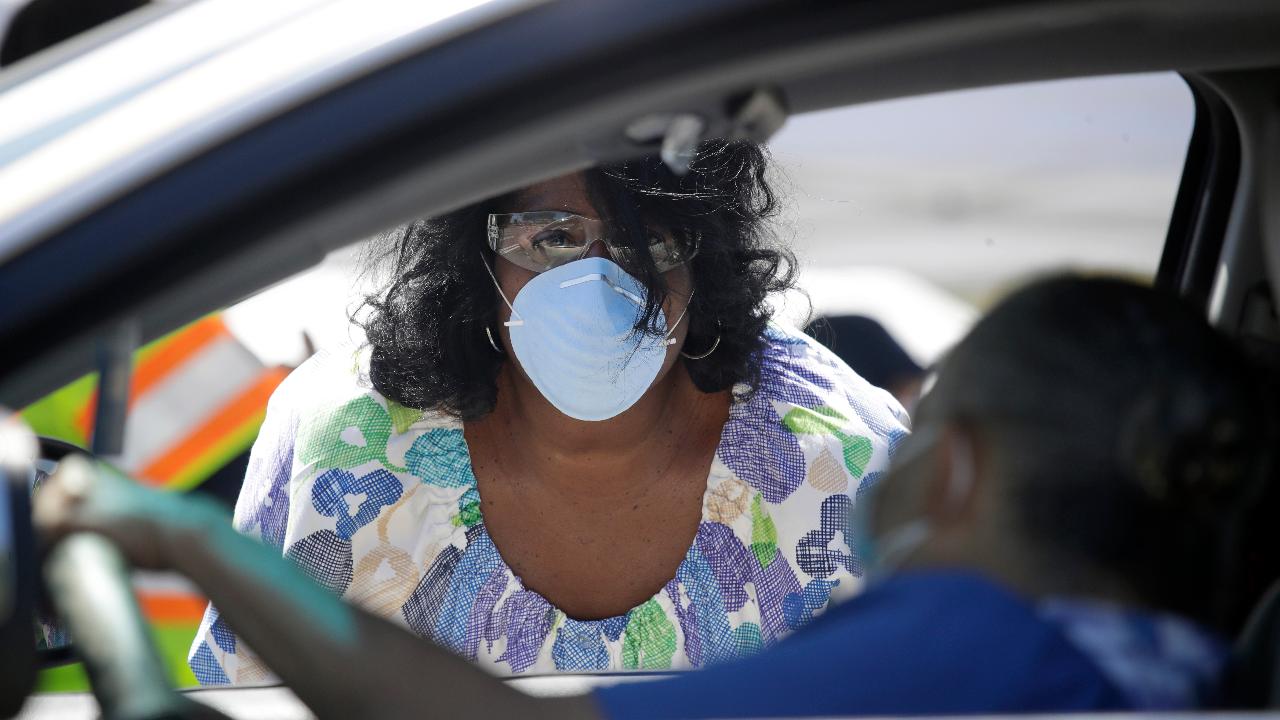In coronavirus fight, Trump's new 'hospital without walls' strategy a godsend: Seema Verma
Under our new rules, health care systems and hospitals can establish temporary hospital treatment sites to expand their capacity
Get all the latest news on coronavirus and more delivered daily to your inbox. Sign up here.
As the United States wages war against COVID-19, some hospitals around the country are experiencing a tremendous strain on their capacity – and many that haven’t already soon will.
Every day, hospitals and their staffs are providing life-saving care to those in the grips of this deadly disease. These heroes on the frontlines deserve every ounce of support we can muster.
CVS HEALTH BOOSTS CORONAVIRUS SELF-SWAB TESTING AS WHITE HOUSE EYES ECONOMIC RESTART
My agency, the Centers for Medicare & Medicaid Services (CMS), is the nation’s largest health care payer, serving more than 140 million Americans through Medicare, Medicaid and other programs. It also sets safety and quality standards for providers and suppliers throughout the health care system.

Seema Verma, Administrator, Centers for Medicare and Medicaid Services (CMS)
Recently, we announced an unprecedented regulatory relief package to equip the American health care system with maximum flexibility to care for COVID-19 patients.
A major new component of that initiative is the CMS Hospitals without Walls strategy, a godsend for hospitals on the front lines of this fight.
Implemented largely under the authority of President Trump’s National Emergency Declaration, the strategy essentially reimagines what constitutes a hospital for the duration of the emergency. It will see hospital systems function as a kind of collaborative headquarters coordinating a variety of care settings.
Under CMS rules and regulations prior to the emergency, hospitals had to provide treatment services within their own buildings. But when faced with a surge, that requirement severely limits capacity.
CORONAVIRUS PROMPTS HILTON TO TEAM UP WITH LYSOL, MAYO CLINIC TO CLEAN ROOMS
Amidst the surge in certain hotspots, patients can face long waits in the Emergency Department, with delays in evaluation, diagnosis and treatment.
Hospital beds run in short supply, and nursing care is stretched thin. Under the circumstances, the risk of viral exposure, medical staff fatigue, and medical errors rise.
But under our new rules, health care systems and hospitals can establish temporary hospital treatment sites to expand their capacity and to safely separate patients infected with COVID-19 from those who are not. That separation preserves personal protective equipment that would otherwise be used due to the possibility of health care workers inadvertently coming into contact with a COVID-19 patient.
To understand what this emergency regulatory overhaul means – and its importance – it’s useful to compare it to FEMA’s related efforts.
FEMA has garnered significant attention for rapidly and effectively building field hospitals around the country but hard-hit areas shouldn’t have to rely exclusively on federal efforts.
AIRBNB ATTEMPTS CORONAVIRUS PREVENTION WITH NEW CLEANING PROTOCOL
CMS Hospitals without Walls allows Medicare-enrolled hospital systems also to draw on the resources that already exist in their own communities.
For example, many ambulatory surgery centers are complying with federal recommendations to delay non-essential elective surgeries, and therefore have excess capacity. Now, it can be devoted to patient care that a hospital would normally provide.
Surgery centers can contract with their local hospital or health care systems to provide these services – such as essential surgeries and cancer treatment – as part of the hospital or they can temporarily enroll and bill as a hospital. This can preserve hospitals’ main facilities for patients in need of the most intensive care while isolating those with the virus from others.
GET FOX BUSINESS ON THE GO BY CLICKING HERE
We’re also allowing hospitals to deliver their services at other non-hospital buildings, provided that the location is approved by the state. That includes non-medical locations such as dormitories, hotels, gymnasiums, and more.
If such sites can safely be used to care for patients during this unprecedented time, federal regulations shouldn’t get in the way.
As FEMA fills in some of the gaps in supplies to expand treatment capacity, we are helping hospital systems use these spaces as hospitals and to organize and bill appropriately for the critical care they are providing.
In addition to offering the opportunity to drastically expand capacity, we are letting hospitals bill for services that take place outside their four walls. Emergency department (ED) clinicians can use telehealth to determine the appropriate site of care for patients who “visit” virtually, freeing emergency space for those who need it most.
On an emergency basis, ED clinicians will also be able to screen patients offsite via telehealth, which encourages widespread testing by allowing patients to receive a test without worrying they might be exposed to the virus.
A broad range of other flexibilities allows hospitals owned by physicians to increase their supply of beds, expands the number of locations between which ambulances can transport patients, and increases advance Medicare payments for cash-strapped providers.
These examples barely scratch the surface of this unprecedented lifeline to the health care system. To put it into perspective, the temporary regulatory relief surpasses even what the federal government has historically offered to areas affected by natural disasters – and then extends it from sea to shining sea.
In short, we are fundamentally rethinking what our regulations demand of providers during this pandemic. Should they need them, I urge hard-pressed health care systems to avail themselves of the many flexibilities in their continued effort to provide life-saving care to the American people.
Seema Verma is Administrator, Centers for Medicare and Medicaid Services (CMS).


